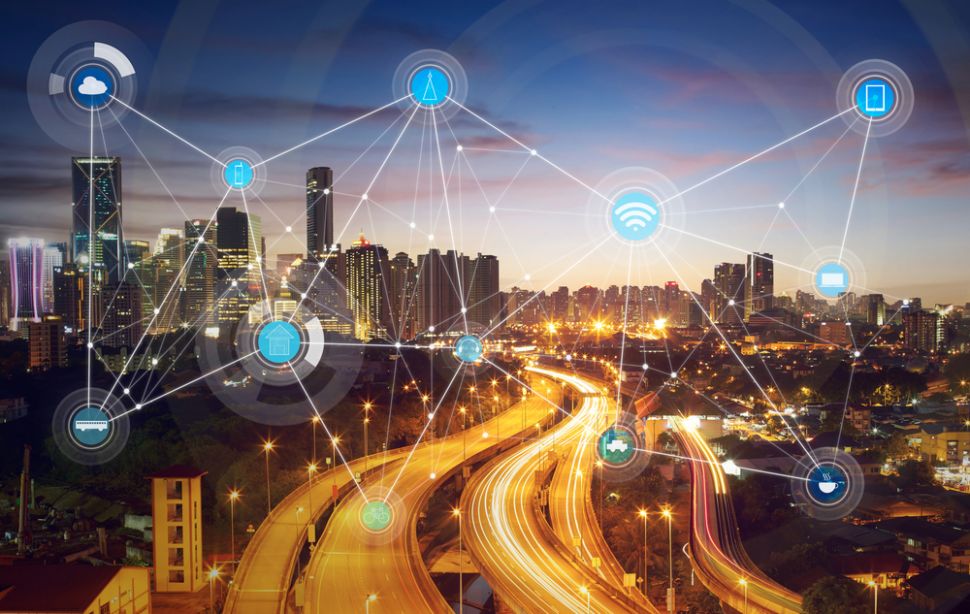Enterprise Tech
Recent Articles
Sort Options:

Smart Ways CTOs Can Drive Long-Term Growth Across Organizations
CTOs play a pivotal role in enhancing workflows and leveraging emerging technologies, transforming technical challenges into strategic advantages that drive team and product success. This insight highlights the critical influence of technology leaders in today’s dynamic business landscape.

Creating a high performance organization: empower your citizen developers
The article emphasizes the need for businesses to empower citizen developers outside of IT, fostering innovation and collaboration. By democratizing technology, organizations can enhance employee engagement and streamline digital solutions, ultimately driving performance and adaptability in a rapidly evolving landscape.

Dell Tech World 2025 Delivers Real Enterprise AI — At Full Speed
The computing giant is enhancing its portfolio with innovative services designed to bring enterprise AI to life for businesses of all sizes, showcasing its commitment to advancing technology solutions in the corporate landscape.

The New Generation Of CTO: Tech Athletes
Modern technology leadership emphasizes awareness, adaptability, open-mindedness, and energy over mere intelligence. The article highlights the evolving qualities essential for effective leadership in today’s fast-paced tech landscape, encouraging leaders to embrace these traits for success.

Retail Transformation: In An AI World, Experience Is Still King
Organizations can leverage technology not just to stay competitive but to surpass rivals by utilizing it more effectively. The article highlights the importance of strategic tech implementation for gaining a significant advantage in today's fast-paced market.

IT/OT convergence accelerates as manufacturers target business value from Industry 4.0
The convergence of IT and OT is accelerating, with 70% of OT systems expected to connect to IT networks by next year. Key drivers include Industry 4.0 and cybersecurity, highlighting the need for strategic integration and enhanced security in manufacturing.

Your employees are right, your tools suck
The article discusses the challenges of Shadow IT in enterprises, emphasizing the need for composable solutions and AI integration to enhance user experience. It highlights how personalized interfaces can improve productivity and reduce reliance on unauthorized software.

Enterprise Integration: The Past, Present And AI-Driven Future
Enterprise integration has evolved significantly, transforming from static systems in isolated environments to dynamic, intelligent ecosystems that self-heal. This progression highlights the growing importance of seamless connectivity in modern business operations.

AgTech’s New Era: A Data Gilded Age For Global Resilience
AgTech is experiencing a transformative investment shift, with private equity increasingly supporting data platforms, climate resilience tools, and thermal intelligence aimed at enhancing global food security. This trend highlights the growing importance of technology in sustainable agriculture.

Torii Launches First-Ever Agentic SaaS Management Platform, Delivering AI-Driven Execution and Oversight
Torii has launched Torii Eko, the first agentic SaaS Management Platform, featuring AI-driven tools like Eko Assist, Eko Insight, and Eko Act. This innovative platform enhances software management by providing real-time insights and automation, addressing the complexities of modern tech stacks.

Enterprise tech dominates zero-day exploits with no signs of slowdown
As Big Tech adapts to market challenges, smaller vendors are encouraged to enhance their strategies and offerings. The article highlights the need for innovation and resilience among these companies to thrive in a competitive landscape.

Why IT’s Next Challenge Isn’t in the Cloud
The article discusses the challenges of IT/OT convergence, highlighting integration issues, data management, cybersecurity risks, and workforce gaps. It emphasizes how edge computing can bridge these divides, enhancing collaboration and operational efficiency in organizations.